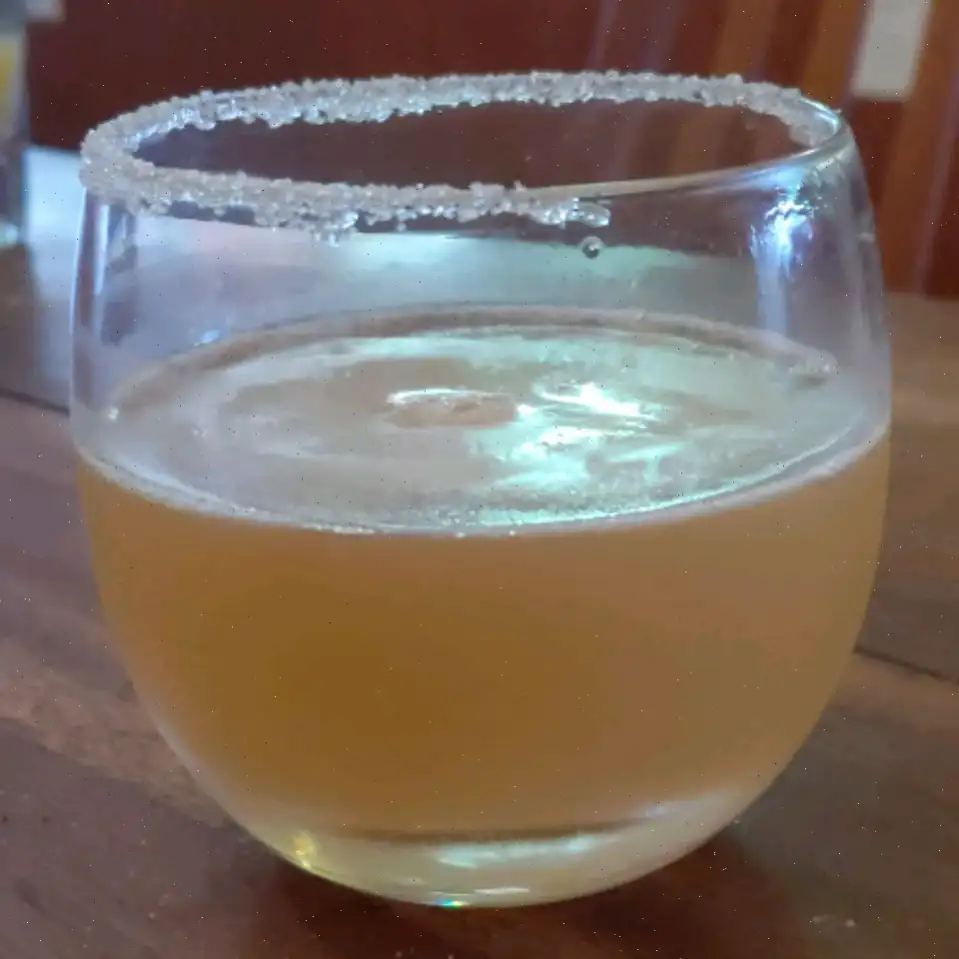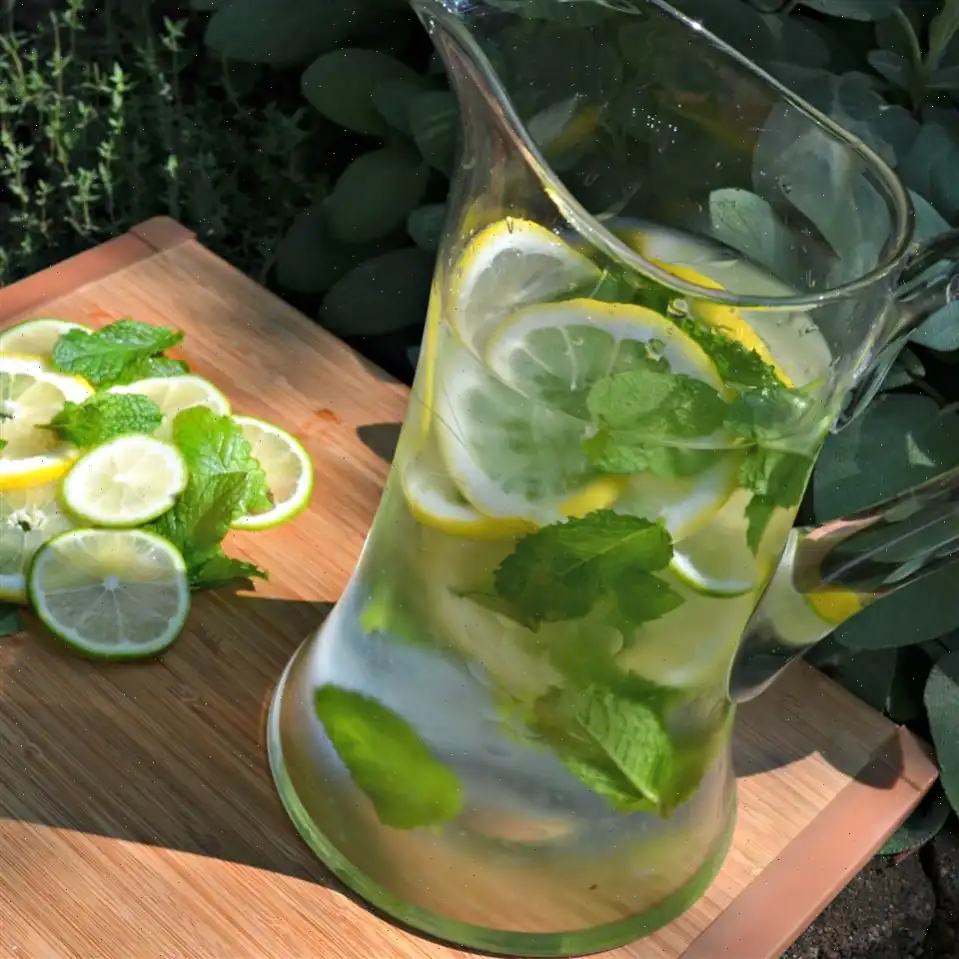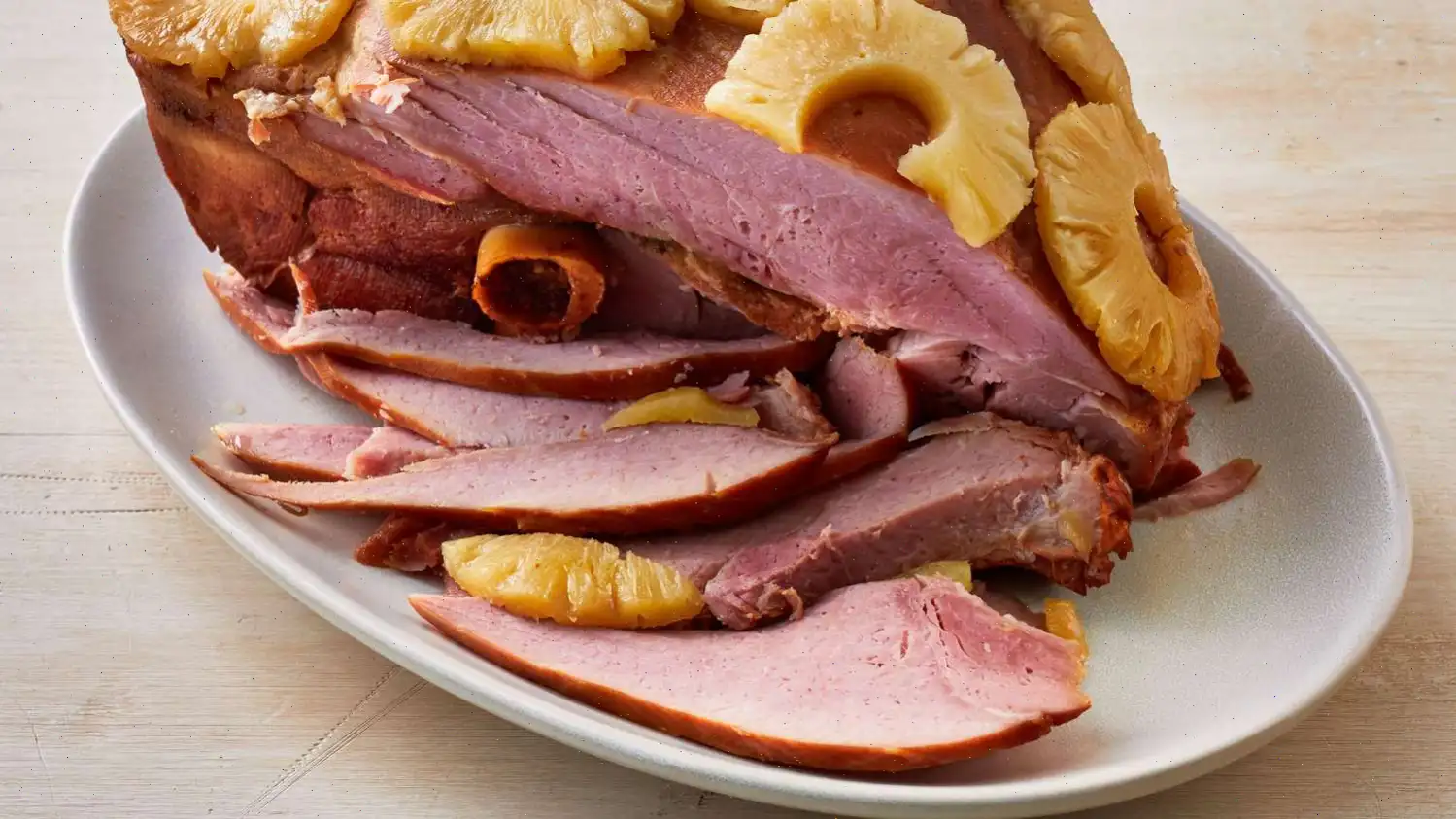
Chai Recipe
Ingredients
- 1 quarts water
- 4 black tea bags
- 10 whole cardamom seeds
- 2 cinnamon sticks, broken in half
- 1 teaspoon black peppercorns
- 3 tablespoons white sugar
Directions
- In a saucepan, bring water to a boil over medium-high heat.
- Add the tea bags, cardamom seeds, cinnamon sticks, and black peppercorns to the boiling water.
- Return to a boil, then immediately stir in the sugar until fully dissolved.
- Remove the saucepan from heat and let it steep for 5 minutes.
- Once the flavors have infused, strain the mixture into cups and serve hot.
Nutrition Facts (per serving)
| Nutrient | Amount | % Daily Value* |
|---|---|---|
| Calories | 28 | |
| Sodium | 7mg | 0% |
| Total Carbohydrate | 7g | 3% |
| Dietary Fiber | 1g | 2% |
| Total Sugars | 6g | |
| Protein | 0g | 0% |
| Vitamin C | 0mg | 0% |
| Calcium | 19mg | 1% |
| Iron | 0mg | 1% |
| Potassium | 27mg | 1% |
* Percent Daily Values are based on a 2,000-calorie diet. Your daily values may be higher or lower depending on your calorie needs.
Note: Nutrient information is not available for all ingredients. Amounts are based on available data.
If you are following a medically restrictive diet, please consult your doctor or a registered dietitian before preparing this recipe for personal consumption.

History of Chai
Chai tea, a beloved spiced beverage, has its origins in India, where it has been a part of the culture for centuries. The word "chai" itself simply means "tea" in Hindi, and the spiced variant we know today is often referred to as "masala chai." The blend of spicestypically cardamom, cinnamon, cloves, ginger, and black pepperwas originally designed not just for flavor, but for medicinal purposes. In ancient India, these spices were thought to have various health benefits, such as improving digestion, boosting the immune system, and offering warmth during the cooler months. Over time, chai became more than a medicinal concoction, transforming into a daily ritual, enjoyed by people across all walks of life. By the early 20th century, chai became a ubiquitous drink in Indian households, often served during social gatherings, festivals, and in roadside tea stalls.
Regional Differences
While chai tea is known globally, regional variations exist that give this beverage its unique charm. In India, the preparation of chai can vary dramatically depending on the region. In northern India, chai is often brewed with strong black tea, milk, and a rich blend of spices. In southern India, however, chai tends to be lighter in flavor and less sweet. The use of jaggery instead of sugar is also common in some parts of the country. Moreover, some areas may add fennel or mint, while others stick to the classic combination of spices. Chais adaptability has allowed it to travel beyond Indian borders, where its often customized to suit local tastes, such as in the popular chai lattes found in Western coffee shops.
Differences from Similar Dishes
Chai differs from other spiced teas like "chai latte" in the way it is brewed and served. A traditional chai is made by boiling whole spices directly in water along with tea leaves, creating a potent infusion that is often sweetened with sugar and served with milk. This contrasts with the more diluted "chai latte," which is made with espresso or black tea concentrate, steamed milk, and typically a dash of pre-ground spice mix. Unlike chai, which is intensely spiced and full-bodied, chai lattes are creamier and milder in flavor, often enjoyed as a coffeehouse beverage rather than a home-brewed tradition.
Where Chai Is Served
Chai is most commonly served in India, where its an integral part of the daily routine. In homes, chai is served several times a day, typically during morning and afternoon breaks. Street vendors, known as "tapris," serve it fresh to locals on the go, and it is often enjoyed with snacks like samosas or biscuits. Outside of India, chai has become a popular offering in cafes worldwide. Many coffee shops in the West now feature chai lattes as a standard menu item, offering a spiced twist on the classic latte. In addition, chai is frequently found in Indian restaurants across the globe, where it is served as a welcoming gesture to guests, often accompanied by sweet treats.
Interesting Facts About Chai
Did you know that chai is one of the most widely consumed beverages in the world? Its estimated that over a billion cups of chai are consumed daily in India alone! The spices in chai, particularly cardamom and cinnamon, are not only flavorful but have long been linked to health benefits. Cardamom, for example, is known for its ability to aid digestion, while cinnamon is believed to regulate blood sugar levels. Interestingly, in India, chai is often made using a special technique known as "boiling." This process involves bringing the water, milk, tea leaves, and spices to a vigorous boil before allowing them to simmer, which helps to extract the maximum flavor from the ingredients. This unique preparation method is what gives chai its robust taste and rich texture.
FAQ about Chai Recipe
Comments
Nancy Mitchell
01/11/2024 05:54:43 PM
After trying out this recipe, I found it to be a bit bland for my liking. To enhance the flavors, I added ground cardamom, cinnamon, pepper corns, and sugar. I still felt it needed more depth, so I included 1/4 tsp of nutmeg, cloves, and a piece of candied ginger. This adjustment better suits my taste preferences, but I might still make some more tweaks in the future. I recently switched to a dairy-free diet and miss having milk in my morning tea. I am now searching for a suitable alternative hot drink to enjoy in the mornings.
David Campbell
12/12/2023 05:46:34 AM
Compared to other chai teas I've sampled, both from store-bought cartons and from restaurants, this one falls short in terms of flavor strength. After comparing this recipe to a few others from a cookbook, I noticed that they included whole allspice and simmered the mixture for 10-20 minutes. Incorporating those steps should enhance the intensity of the flavor. As it stands, this chai is disappointingly weak and lacks the robustness I was hoping for, even prior to adding any milk.
Michelle Collins
06/15/2023 01:22:53 PM
I have to admit, this recipe is quite underwhelming. I tried adding allspice, ginger, and cloves and simmering for at least 20-30 minutes. The flavor ranges from okay to good, but it doesn't reach the level of fabulous.








